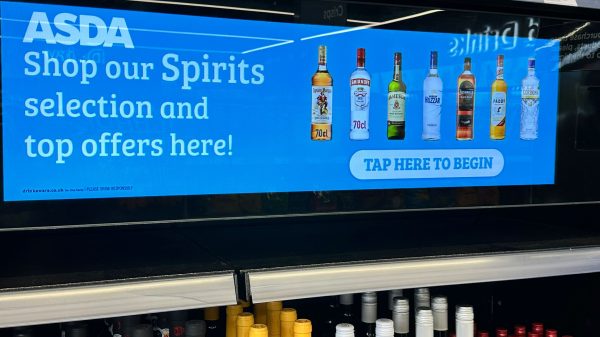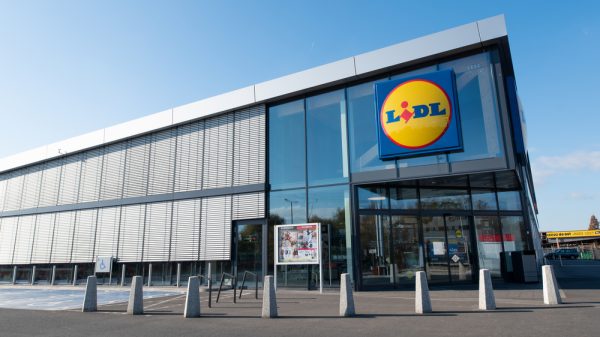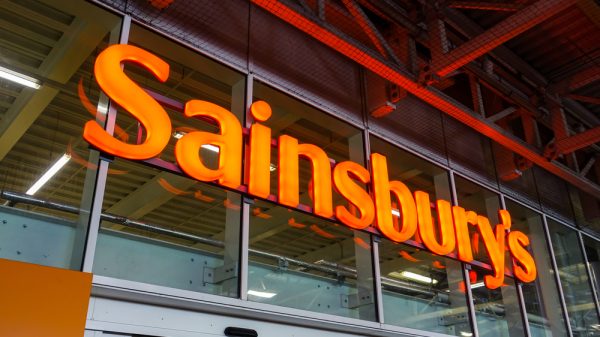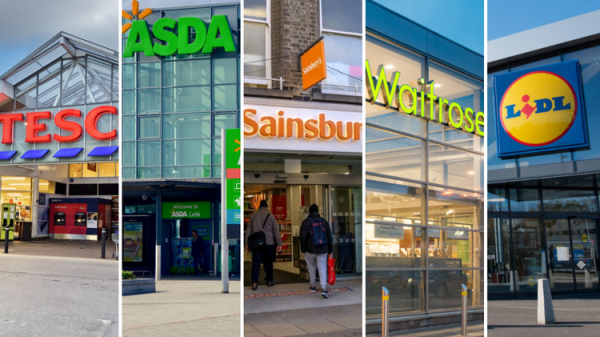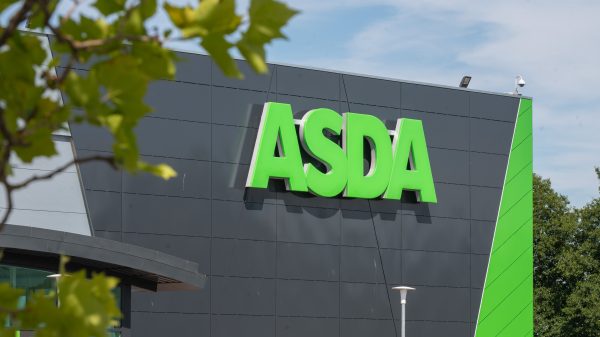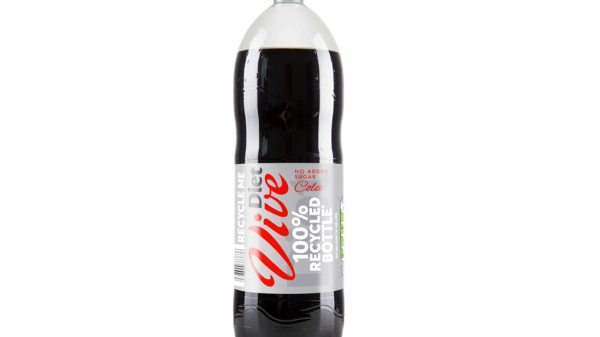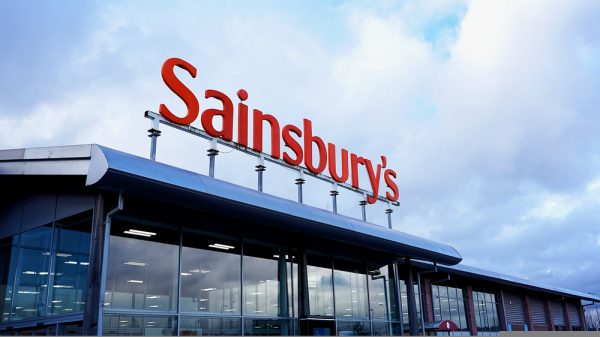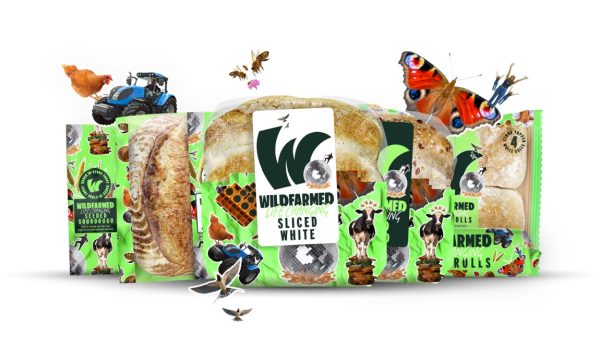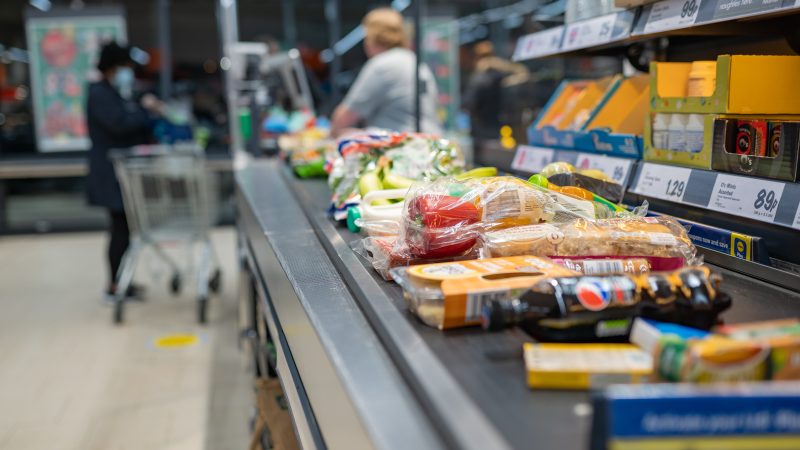The Covid-19 pandemic saw many consumers opting for online shopping rather than quick trips to physical stores. However, a return to in-person visits to supermarkets, convenience stores and coffee shops has been met with a rise in food-to-go offerings.
Although food-to-go is predominantly known for providing a quick and easy lunchtime meal, product ranges are being ramped up across the UK’s largest food retailers, from new meal deals and a variety of cultural flavours, to premium options at competitive price points.
As the sector continues to grow, we explore how the likes of Tesco, Pret, Scotmid and BP are really taking advantage of the market and what the future of food-to-go could look like in the UK.
How are supermarkets ramping up their offerings?
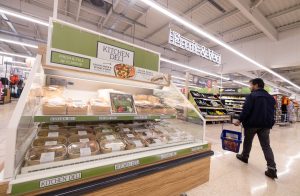
Sainsbury’s Kitchen Deli display
While food-to-go is far from a new concept, many big supermarkets including Tesco, Sainsbury’s, Asda and Waitrose had made a greater push into the category in recent months.
Tesco CEO Ken Murphy tells Grocery Gazette that food-to-go is a “real growth area” for Britain’s biggest supermarket, adding that it has launched over 155 new products in that category over the last six months.
Looking towards Christmas, the supermarket has “some really great products on the go”, he says.
Meanwhile, Sainsbury’s launched a new premium ‘Kitchen Deli’ fresh food-to-go range in 100 stores in August, offering products such as wraps, sandwiches, salads and ready meals, which director of fresh food Richard Crampton says gives customers “a new and convenient way to sample the best of what Sainsbury’s has to offer”.
In the same month, Asda unveiled a new food-to-go trial with the ‘Asda Food Hub’, which includes a wider range of sandwiches, wraps, salads and snacks in certain stores.
This came alongside a £1.2m revamp of the retailer’s traditional food-to-go range, with the addition of 47 new products, including a deli-style offering.
Last month, Waitrose executive director James Bailey said meal deal sales at the retailer have tripled year on year, following the launch of its first £5 lunchtime meal deal offer this summer, which was “already selling twice as much as we expected after two weeks”.
Why is food-to-go on the rise?
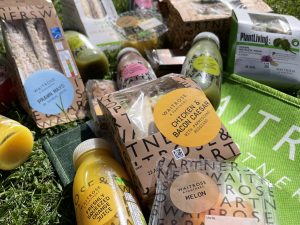
Future Foodservice strategic advisor and futurist Simon Stenning told the lunch! tradeshow last month that conditions for the food-to-go market have been “tough” over the past few years with various lockdowns and the cost-of-living crisis putting a strain on consumer spending.
However, he adds: “We have seen this year and over the last couple of years a return to city centres.”
While the major driver in the category is fast food, Stenning says that overall, food-to-go is expected to hit £25bn and grow by 2.9% this year.
He explains that it will outperform because footfall to some traditional hospitality players has been hit amid soaring inflation.
IGD insight manager Nicola Knight says that the growth is also being driven by consumer confidence, which is “significantly higher than it was this time last year”.
The trade body found that looking ahead, 56% of consumers plan to spend as much as they do now on food-to-go, up 1% from last quarter, and 10% plan to spend more, which Knight describes as a “positive sign”.
“One of the factors that we’ve seen increasing is working from home less and being back in the office more. We do expect this to start moving the dial over the coming months and begin stabilising again at some point in the future.”
However, Knight adds that as shoppers change their habits amid the cost-of-living crisis by trading down, “the longer this goes on, the more likely those tactics are going to come through in food-to-go consumption”.
“All food-to-go missions have taken a pretty big hit in terms of frequency, most of them reducing by double-digit numbers, however this has been offset by an increase in spend.”
IGD expects inflation in retail food-to-go to be around 13% this year.
Are supermarkets on the right track?
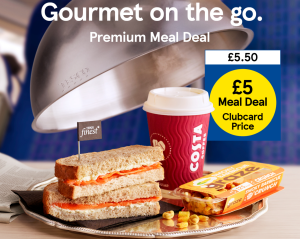
Tesco’s meal deal has become a staple of its brand and in October 2022, Tesco said over 70% of its shoppers currently use a Clubcard when purchasing a lunchtime meal deal.
Knight says that customers want “really good value for the price point” that a product or meal deal is set at, adding that Tesco is able to offer this through its premium meal deal, which it introduced at a £5 price point compared to its £3.40 Clubcard Price for the standard meal deal.
Knight says this launch was a “turning point in the food-to-go market” that has been “incredibly successful” for Tesco. She points out that Clubcard penetration has increased from 25% to just over 50% in the retailer’s Express convenience stores.
IGD senior insight analyst Nichola Gallagher adds that it “really upsells the consumers lunchtime mission and also offers a lot more variety”.
The range includes items from brands such as itsu, Yo! Sushi, Pollen and Grace, as well as products from the Tesco Finest selection.
Since the beginning of the year, sushi sales have increased by 90% at the supermarket and Tesco food-to-go buying manager Emma Williams says: “This is the first time that we’ve ever put premium quality sushi in one of our meal deals and this has had a significant effect in making it more affordable and accessible for shoppers.
“Demand has also been boosted by people returning to work and it’s led to restaurant group Yo! opening more fresh sushi counters in our stores across the UK.”
Value and positioning
A key area where Tesco meal deals win is on shouting about value.
Knight says that as consumers have been cutting back on food-to-go frequency due to the cost-of-living crisis, “retailers will need to make it really clear what shoppers are going to get for their money”.
She adds that if retailers want to make the most of trading down and increase their opportunities for food-to-go, “they need to be thinking more about younger consumers and also preparing more child-specific meal deals”.
Gallagher also believes that in order for large supermarkets, and not just convenience stores, to really crack the market in their superstores, they need to consider the placement of food-to-go.
“The majority of the counters are set up at the back of stores where the fresh counters were, but it’s not an optimum place for the food-to-go shopper. It would be interesting over time to see if they can start to manipulate the space more in larger stores and bring them to the front.”
This is exactly what Asda is doing with its Asda Food Hub trial, which it recently brought to the grocer’s Leicester and Dagenham stores.
The concept will include a concession at the front of store serving coffee as well as other grab-and-go products, with food options changing throughout the day.
Food-to-go trends in the wider market
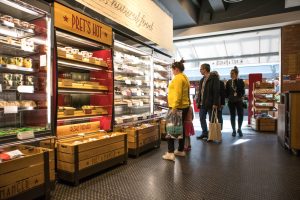
While supermarkets are ramping up their food-to-go offer, the likes of coffee shops, forecourt retailers and convenience stores are firmly grounded in the growing market.
As food-to-go is associated with a quick, convenient shopping mission, the next stage for these retailers is how to expand further in the sector.
One of the biggest trends across the board is hot food.
Pret UK shops and franchise director Guy Meakin says that the coffee chain recently had its biggest hot food launch to date which has been “successful” among customers.
Scotmid co-operative head of food-to-go Danny Scobie also sees hot food as its “biggest opportunity” right now.
“Some people see food-for-now as an experience and what people expect to get for their breakfast or lunch is growing all the time.
“You’ve got to be moving the bar, you’ve got to keep improving what you do,” he adds.
At BP, vice president for convenience, Europe Jo Hayward, says that as an international business, its focus is “developing new lines tailored to different markets and customer tastes around the world, such as samosas in India, loaded fried in the Netherlands and freshly baked sandwiches in Germany.
“New product development is going to be key both in range and demand,” she adds.
Food-to-go is an area that consumers and retailers alike want to invest in.
With opportunities to scale this up across the board, whether that be moving the category to prime store locations, offering hot food, or creating competitive meal deals, the future of food-to-go looks tasty.

